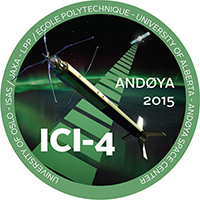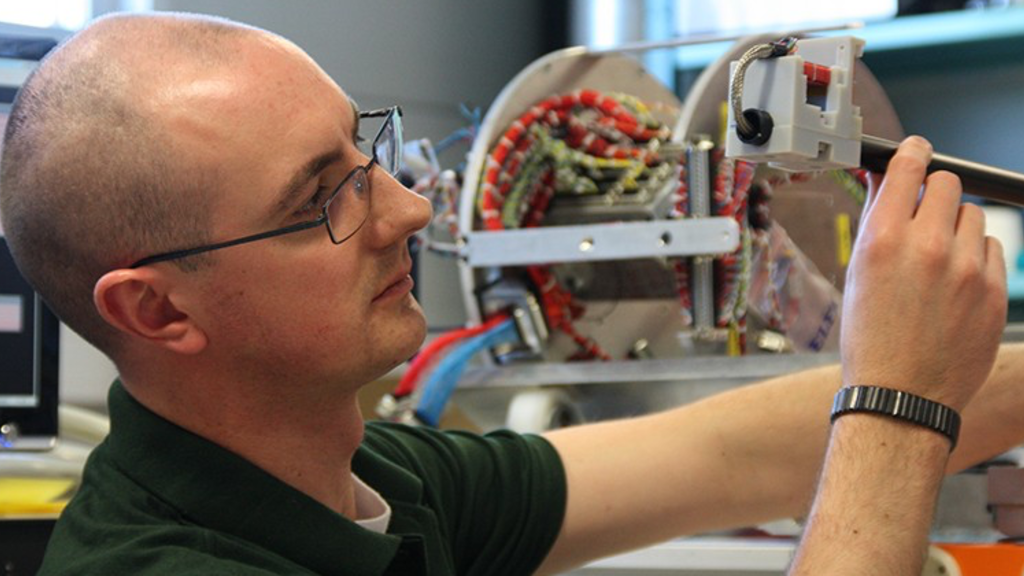ICI-4 Mission

The combination of American electron clouds and Norwegian northern lights spells trouble for navigation and communication in the Northern regions. The ICI-4 mission provided knowledge that can help us predict the weather in space.
The goal of the ICI-4 campaign was to study space weather at high latitudes and the interference it can have with GPS signals in the far North. Led by the University of Oslo, this international space experiment involved the CNES French Space Agency, the Laboratory of Plasma Physics at Ecole Polytechnique in France, the Japanese Space Agency (JAXA), and the University of Alberta.
While at the University of Alberta, David Miles developed a fluxgate magnetometer to take precise measurements of the Earth's magnetic field up to an altitude of 350 km onboard the ICI-4 sounding rocket.
University of Oslo ICI-4 page
LPP ICI-4 page and news article
ICI Rocket Program Facebook Page - Includes launch videos of ICI-4 and ICI-5
Scientific objectives
The polar cap is one of the regions of the Earth’s ionosphere that is in direct interaction with the solar wind via injections of magnetosheath particles, during magnetic reconnection events, more or less sporadic and localized. The ICI-4 Mission (the fourth rocket of the Ionospheric Cusp Irregularities program) studied the impact of plasma structures, the polar cap patches, on the scintillation phenomena affecting the propagation of signals used by GPS-like navigation systems. These structures propagate from the polar cusp towards the night side of the magnetosphere through the polar cap.
Facts about ICI-4
- 10 metres in length
- 140 kg payload
- 7 scientific instruments on board
- Maximum flying altitude: 350 km
- Launched from Andøya Space Center, Feb. 19, 2015



Articles

Sending a rocket through the northern lights

